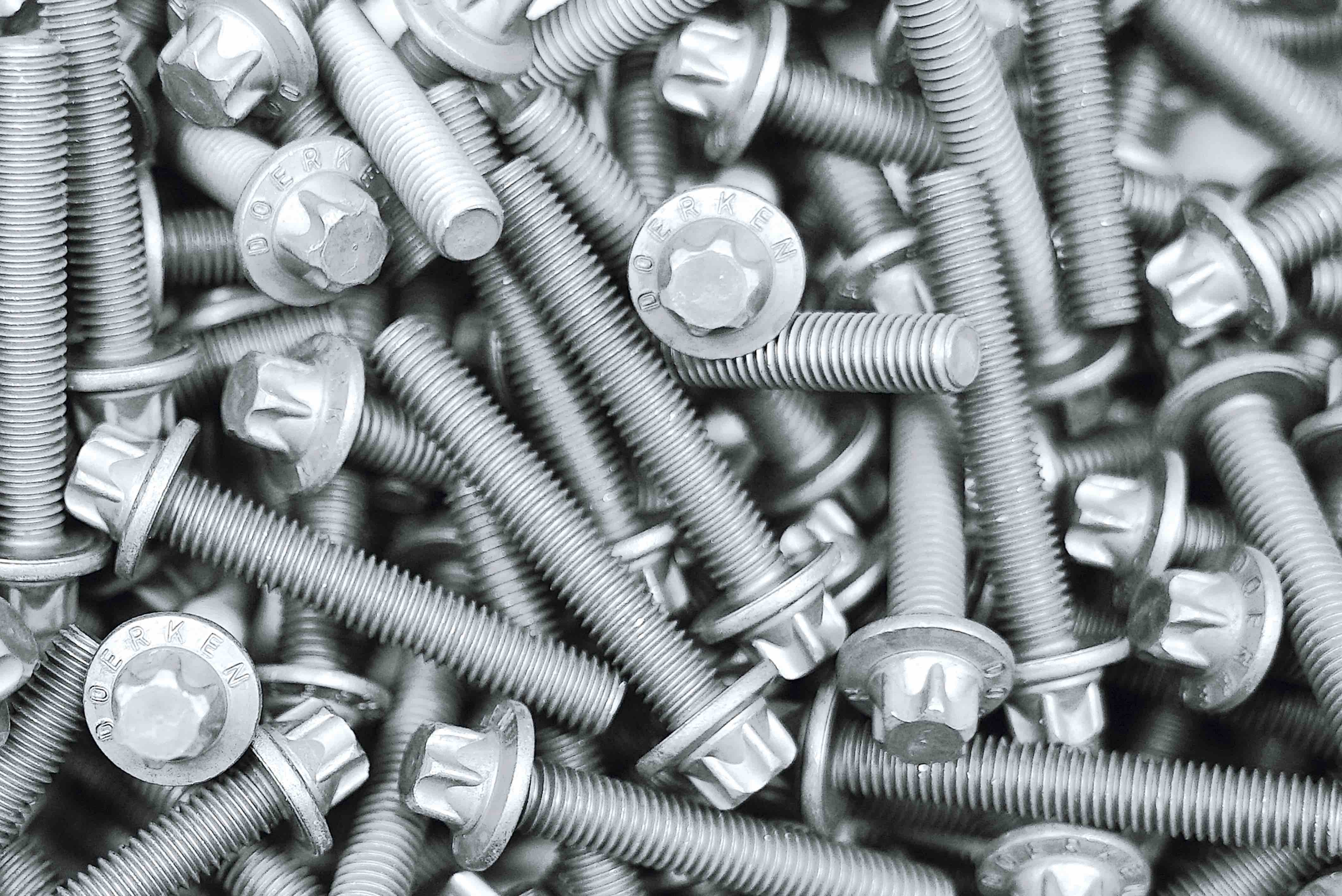
Chemical restrictions have played a role in coating development even before the ECHA's PFAS ban proposal. However, companies like DÖRKEN use what initially appears to be an obstacle as a driver of innovation.
The history of the zinc flake is characterised by changes. Initially, the focus was purely on corrosion protection under standard loads, but over the years many requirements have been added. These include pre-stressing due to temperature or mechanical damage or, in the area of topcoats, e.g. stable friction coefficients, chemical resistance and the prevention of contact corrosion.
Chemical restrictions as a challenge
However, it is not only increasing requirements that challenge the innovative strength of research laboratories. Restrictions due to chemical bans also pose challenges for developers. There are ingredients that absolutely must not be used because they are harmful to humans, animals or the environment. A prominent example from the coatings industry is the ban on chromium (VI) from the early 2000s, as chromium (VI) is carcinogenic.
It becomes particularly challenging for coating development when substances or groups of substances that were previously considered safe are categorised as a cause for concern. Adaptations to functioning formulations specified in the industry are necessary, with the same or better functionality at similar costs. Restrictions reduce the scope for development on the one hand, but also encourage maximum creativity. Furthermore, if key technologies are developed that take future regulations into account, companies can secure a technological advantage.
The proposed PFAS ban and how DÖRKEN is tackling it
The PFAS ban proposal from the ECHA (European Chemical Agency) is currently on everyone's radar. This involves more than 10,000 substances, some of which are also relevant to DÖRKEN. The reasons for the proposal are their effects on human health and the environment. They hardly degrade in nature and accumulate in water and animal products. However, thanks to its own commitment to sustainability and outstanding basic research, DÖRKEN already has PFAS-free products. 
One of these PFAS-free products is an innovative topcoat that DÖRKEN was able to present last year. By eliminating the use of per- and polyfluoroalkyl substances, the company has firmly focussed on environmental aspects right from the launch of DELTA-PROTEKT® TC 502 GZ. The new topcoat with its attractive silver appearance, which was specially developed for coating nuts and bolts, enables a particularly narrow friction coefficient window to be achieved. The resulting high process stability ensures consistently high-quality coating results. As you would expect from DÖRKEN, heavy metals such as chromium, lead or cadmium are also not part of the formulation. With DELTA-PROTEKT® KL 100, the Herdecke-based company also already has a PFAS-free zinc flake basecoat in its portfolio. In addition, none of the substances currently defined as PFAS in the ECHA proposal are used in the development of new products.
DÖRKEN does not see restrictions as an obstacle, but as a driver of innovation. The company uses its expertise and creativity to present new and better solutions, while also keeping an eye on the trends of the day after tomorrow.
To learn more about the PFAS restrictions, click here.
To learn more about DÖRKEN zinc flake coatings, click here.
www.doerken.com/global/en/home#

Becca is the latest member to join our team and is eager to get stuck into the world of fasteners. She brings an enthusiastic and fresh outlook on what we do editorially and will be leading our social media activity – including sourcing material, editing articles and posting online.





